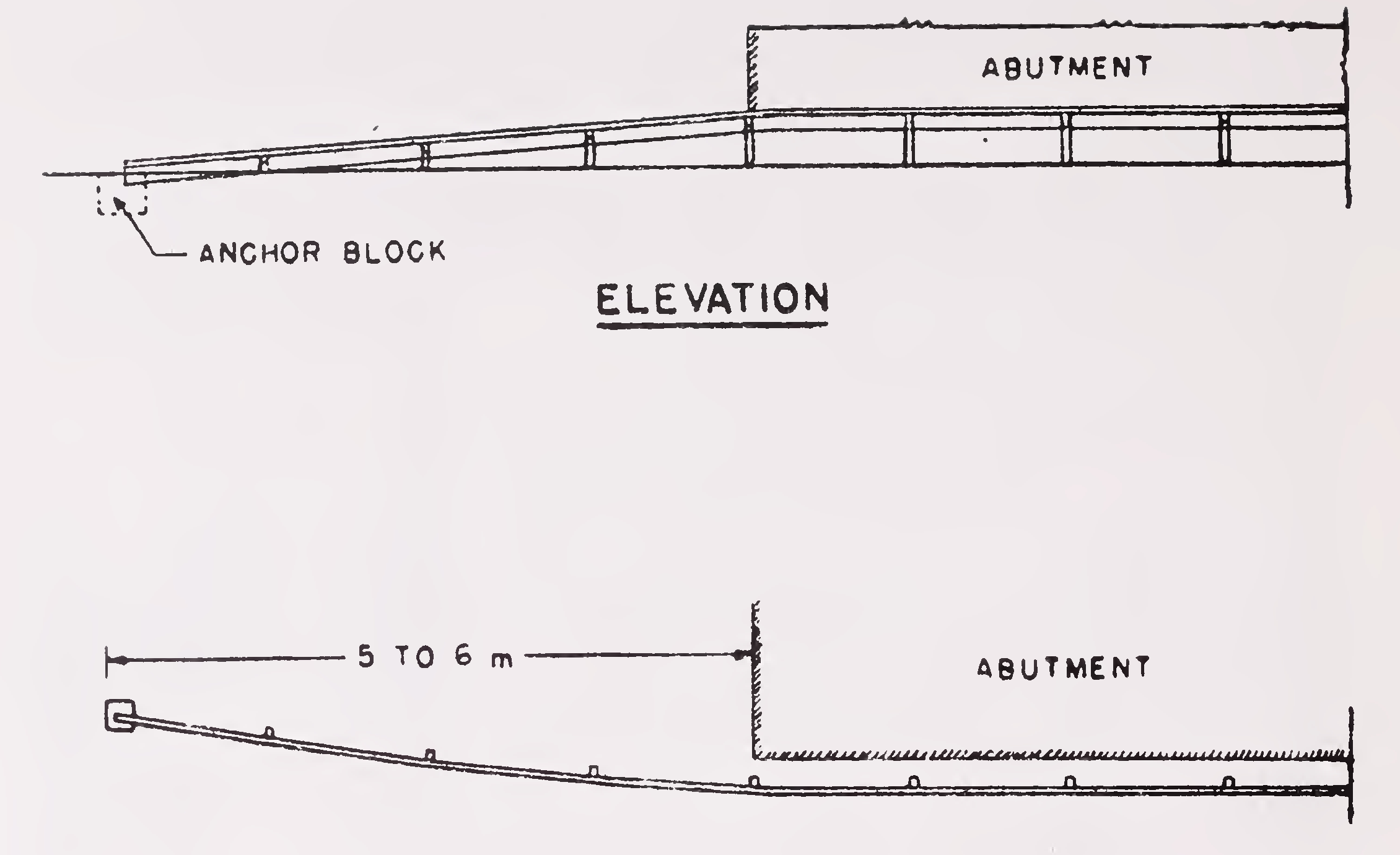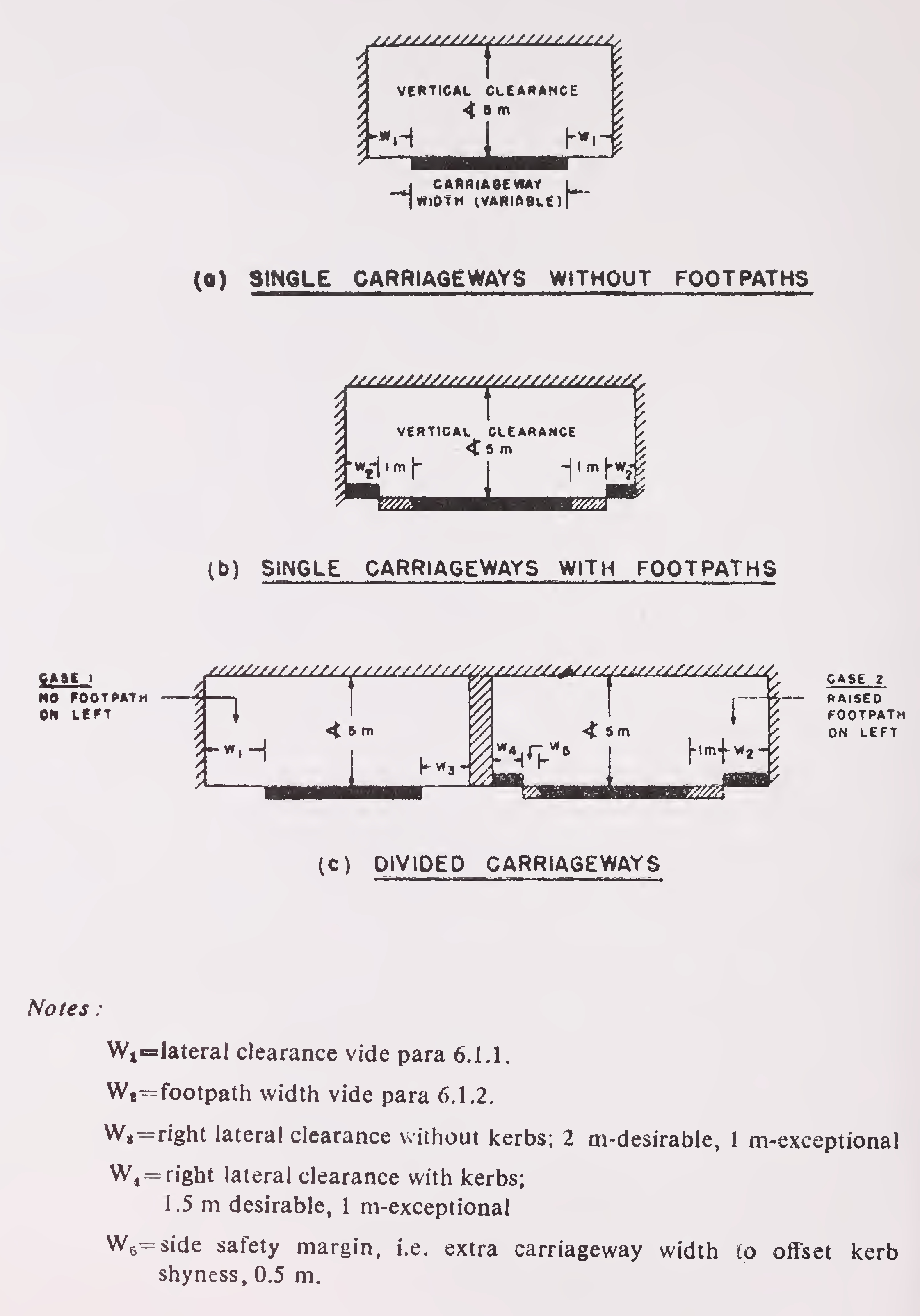
This library of books, audio, video, and other materials from and about India is curated and maintained by Public Resource. The purpose of this library is to assist the students and the lifelong learners of India in their pursuit of an education so that they may better their status and their opportunities and to secure for themselves and for others justice, social, economic and political.
This item has been posted for non-commercial purposes and facilitates fair dealing usage of academic and research materials for private use including research, for criticism and review of the work or of other works and reproduction by teachers and students in the course of instruction. Many of these materials are either unavailable or inaccessible in libraries in India, especially in some of the poorer states and this collection seeks to fill a major gap that exists in access to knowledge.
For other collections we curate and more information, please visit the Bharat Ek Khoj page. Jai Gyan!
IRC: 54-1974
Published by
THE INDIAN ROADS CONGRESS
Jamnagar House, Shahjahan Road,
New Delhi-110 011
1987
Price Rs. 80/-
(Plus Packing & Postage)
STANDARD FOR LATERAL AND VERTICAL CLEARANCES AT UNDERPASSES FOR VEHICULAR TRAFFIC
This Standard was first discussed by the Specifications & Standards Committee in their meeting held at Gandhinagar on the 30th November 1972. Later, it was approved by that Committee in their meeting held at New Delhi on the 31st January and 1st February 1974 and then by the Executive Committee in their meeting held on the 1st May 1974. Finally, it was approved by the Council in their 82nd meeting held on the 2nd May 1974.
Many times a road has to be taken through an underpass below another road, railway line, pipeline or irrigation facility like aquaduct. In order that capacity, speed and safety of travel are not affected, the lateral and vertical clearances at underpasses must be adequate.
Desirable practices in this regard are indicated herein. It is recommended that these may be followed uniformly on all roads throughout the country.
The Standard covers both rural and urban roads. Specific cases of subways meant for the exclusive use of cyclists or pedestrians are, however, not dealt with. Guidance about clearances on cycle subways is contained in IRC: 11-1962 “Recommended Practice for the Design and Layout of Cycle Tracks”. For pedestrian subways, another standard is proposd to be issued in due course.
The following definitions will be applicable for the purpose of this standard :
Underpass implies a short passage beneath a grade-separated structure to carry one or more streams of traffic.1
Lateral clerance is the distance between the extreme edge of the carriageway to the face of the nearest support whether it is a solid abutment, pier or column.
Vertical clearance stands for the height above the highest point of the travelled way, i.e., the carriageway and part of the shoulders meant for vehicular use, to the lowest point of the overhead structure.
Rural roads stand for roads of non-urban character.
Conscious effort must be made to create a sense of freedom for the drivers travelling through the underpass. As far as possible, the underpass roadway should conform to the natural lines of the highway at the approaches as regards alignment, profile and cross-section. Road profile should not dip too sharply under the structure as that will produce a considerably enhanced sense of restriction when compared with a profile that proceeds smoothly through.
To promote a feeling of openness and unrestrained lateral clearance, preferably structures with open-end spans should be employed, Fig. 1. Where it becomes inescapable to have structures with solid abutments, these should be set back from the roadway edge as much as possible, Fig. 2. From considerations of cost, these treatments are meant for higher categories of roads, especially with divided carriageways.
Since width at an existing underpass cannot be easily increased later on, initial construction should be sufficient for the standards to which the underpass roadway would need to be improved within the near future. This is essential especially for important routes like National and State Highways to be widened soon from single-lane to two-lane standards, as also busy two-lane roads which are in the planning stage for being upgraded to a four-lane divided cross-section.
Protect vehicles from accidents with abutments or piers. Guard-rails must be provided at a sutitable height. These should be of a robust design to effectively resist disturbance of the support in the event of a collision. In addition, ends of the guard-rails should be turned away from the line of approaching traffic, as shown in Fig. 3, so as to deflect runaway vehicles which may otherwise hit the underpass structure. As a general rule, guard-rails must be provided on both sides of the central piers or columns, though these2

Fig.1. Underpass with open and spans

Fig. 2. Underpass with solid abutments offset from the shoulders3

Fig. 3. Guard-rail end treatment
(not to scale)
could be dispensed with on the abutment side when a raised footpath forms part of the cross-section.
Desirably the full roadway width at the approaches should be carried through the underpass. This implies that the minimum lateral clearance on either side must equal the shoulder width. This rule should be relaxed only in exceptional circumstances. Normal and exceptional values of lateral clearance for different classes of highways are given below (see Fig. 4a) :
| (i) | National and State Highways | Normal 2.5 metres; exceptional 2.0 metres |
| (ii) | Major District and Other District Roads | Normal 2.0 metres exceptional 1.5 metres |
| (iii) | Village Roads | Normal 1.5 metres : exceptional 1.0 metre4 |
If a footpath is needed on a rural road, lateral clearance in the underpass portion should be the width of the footpath plus one metre, Fig.4 (b). Footpath width depends upon the expected pedestrian traffic and might be fixed with the help of following capacity guidelines, subject to not being less than 1.5 metres :
| Anticipated capacity Number of persons per hour |
Required footpath width | |
|---|---|---|
| All in one direction | In both directions | |
| 1200 | 800 | 1.5 m |
| 2400 | 1600 | 2.0 m |
| 3600 | 2400 | 2.5 m |
When an underpass is built for a divided highway, left hand side clearance shall be in accordance with para 6.1.1. If footpaths are provided in addition, para 6.1.2. should be applied.
Lateral clearance on the right to a pier or column in the central median shall be 2 metres desirably, and 1.5 metres at the minimum. Where the central median is kerbed, the carriageway width should be increased by the side safety margin of 0.5 metre as shown in Fig. 4 (c). Lateral clearance in that event could be reduced to 1.5 metres (desirable value) or I metre (exceptional). If the median is not wide enough to permit these clearances, either it should be widened gradually at the approaches or a single span structure provided across the full cross-section thereby avoiding a central pier.
Usually roads in urban areas are bordered by kerbs on both sides. If so, these should be extended across the underpass. However, to offset the effect of kerb shyness, the carriageway in the underpass area should be widened on both sides by the side safety margin of 0.25 metre in the case of lower category urban roads5

Fig. 4. Lateral and vertical clearances for rural roads
(not to scale)6
and 0.5 metre in the case of higher category urban roads, Fig. 5(a).
If a footpath does not form part of the cross-section of the urban road, the minimum lateral clearance in addition to the side safety margin mentioned in para 7.1.1. shall be 0.5 metre for lower category urban roads and 1 metre for higher category roads, Fig. 5 (a).

Fig. 5. Lateral and vertical clearances for urban roads
(not to scale)7
Where a raised footpath is provided, it will not be necessary to have additional clearance beyond the width of the footpath, Fig. 5 (b). Footpath width could be fixed in accordance with para 6.1.2.
Where the underpass serves a divided facility, the width of the carriageway should be increased on either side by the side safety margin stated in para 7.1.1.
Lateral clearances on the left hand side should conform to paras 7.1.2. and 7.1.3. Right lateral clearances to the face of any structure in the central median over and above the side safety margin shall be at least 1 metre in the case of higher category urban roads and 0.5 metre in the case of lower category urban roads, Fig. 5 (c). A single span structure will no doubt be preferable as brought out in para 6.2.2.
Vertical clearance at underpasses shall be at least 5 metres. However, in urban areas, this should be increased to 5.50 metres so that double-decker buses could be accommodated.8